Ultra-High-Speed Imaging of Arc Motion or a Gas Discharge: Arc Imaging System (AIS)
- TaiCaan Technologies have developed an ultra-high-speed solid state imaging system.
- The images are stored at between 1MHz and 6MHz with data collection over 0.5 Million images, corresponding to at 1 MHz, with 8 bit light intensity resolution.
- The system has full sensitivity control and triggering allowing users to synchronise data collection with an experiment or external data collection of for example voltage and current.
- The system is based on an array of optical fibres with each optical fibre position linked to a single image pixel. The system has full image simulation capability allowing the low image resolution, (100-1000 pixels) to be rendered and superimposed on an image of the background, as shown above.
- Advantages – easy to use, portable, remote location from experiment, minimal interaction with the event monitored, and full data processing capability for analytics around the plasma motion.
- Disadvantages – low image resolution, but for gas discharges this is not significant.
- The Problem – using the system to understand the complexity of arc motion in explosive short circuit events.
- The Solution – use the AIS to quantify the design of devices such as Moulded Case and current limiting circuit breakers.
- The system has been used in a large number of research publications (>50).
- TaiCaan Technologies have recently been joint authors on a IEEE transaction publication using the system to qualify the relationship between arc light intensity and arc temperature.


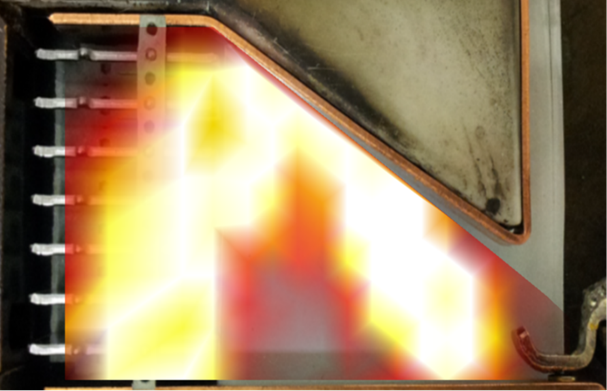

Introduction
The Arc Imaging System (AIS) is a portable solid-state system delivered in a single package as shown in Figure 1. The system is connected to a optical fibre bundle and an associated connector designed and developed by TaiCaan Technologies. The system is used in the development of new circuit breaker design (Low-voltage switching devices) and saves the customers valuable testing time. A single experiment using the AIS can save many days of development time. The users are able to access the light intensity data for the purposes of arc system analytics.
The system has also been used in other applications such as engine ignitors and for motion analysis. The key reason for selecting an AIS over conventional high speed video is the very high sample rate; it is normally used with arc discharges at 1 Million frames per second, allowing data capture over an extended period of up to 0.5 second, see table 1.
The system comes with playback software which allows the user to;
- run selected time periods, and edit the data
- use multiple Image processing methods to enhance the image for information optimisation
- study a single fibre position as raw CSV data for downloading
- select regions of the image to be processed using centre weighted methods to allow the position of the arc discharge (for example) to be determined as a function of time
Application to Switching Devices
Low-voltage switching devices (LVSDs) are widely utilized in power distribution networks to turn on and off circuits and to extinguish the arc during overload or short circuit conditions. The quenching chamber consists of a movable and fixed contact, splitter plates and vents. During an opening event, an arc is established between the contacts and then forced by electro-magnetic forces into the quenching chamber, where it elongates, increasing the arc voltage before entering the splitter plates. In the splitter plates the arc is divided into smaller arc segments, resulting in multiple arc interactions with the metallic surfaces, and increasing the overall arc voltage as a function of the number of voltage drops associated with each anode and cathode roots.
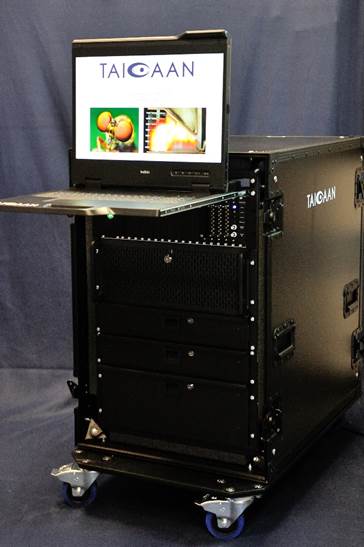

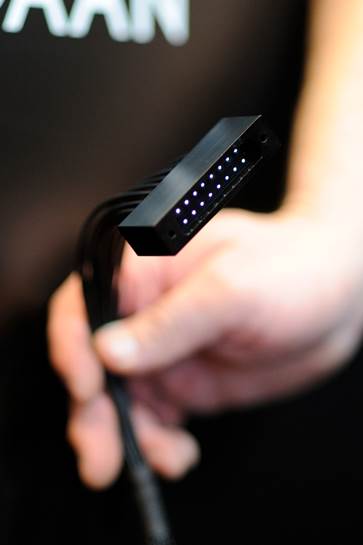

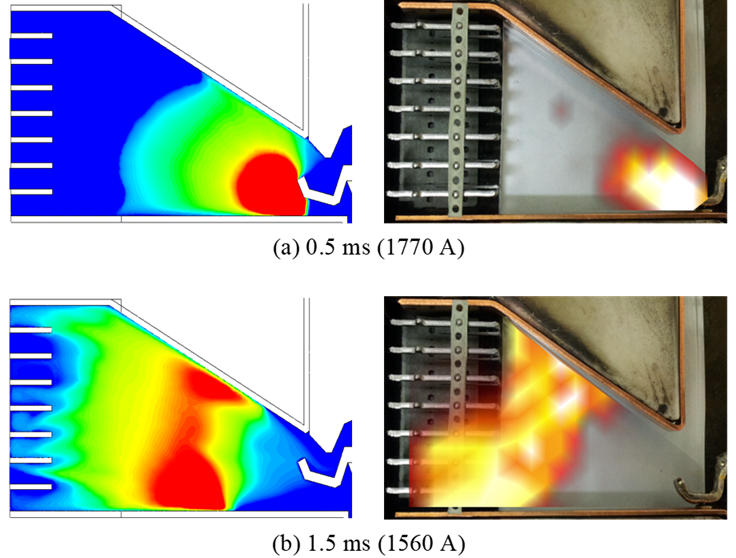

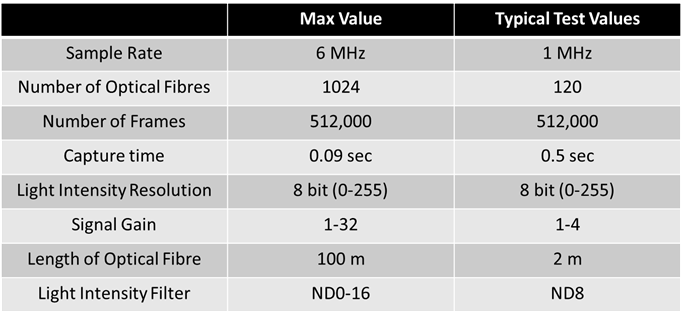

Linking to Computational models of plasma (Arc) motion
The combination of the Arc Imaging system with computational fluid dynamic models of the arc motion provides a very powerful design tool. Where the computation model can be fully verified against arc position and current and voltage conditions. Providing confidence around the quality of the computational model.
SELECTED REFERENCES
McBride, J.W., Balestrero, A., Ghezzi, L., Tribulato, G. and Cross, K.J. (2010) Optical fiber imaging for high speed plasma motion diagnostics: applied to low voltage circuit breakers. Review of Scientific Instruments, 81, (5), 055109-[6pp].
J.W. McBride, KJ Cross, (2011) Studies of high current arcs using an optical fiber array based imaging system, Electric Power Equipment-Switching Technology (ICEPE-ST), Xian China,2011 1st 2011.
D Shin, I Golosnoy, J McBride, (2016) Arc modelling for switching performance evaluation in low-voltage switching devices, 28th International Conference on Electric Contact. Edinburgh, June 2016, pp 41-46.
J.W. McBride, D Shin, T Bull, (2016) A study of the motion of high current arcs in splitter plates using an arc imaging system, 28th International Conference on Electric Contact. Edinburgh, June 2016, pp 175-180.
J.W McBride, (2018), Plenary at Proceedings of the 22nd International Conference on Gas Discharge and their applications, Serbia. The Verification of a computational model of arc motion using an arc imaging system. pp 27-31.
J.W. McBride, D Shin, (2018), Arc modelling to predict arc extinction in low voltage switching devices, IEEE Holm Conference on Electrical Contacts, & 29th International Conference on Electric Contact. Albuquerque, USA. pp 222-228.
D. Shin, I.O. Golosnoy, J.W. McBride, (2018), “Experimental Study of Re-ignition Evaluators in Low Voltage Switching Devices”, IEEE Transactions on Components, Packaging and Manufacturing Technology. Vol 8, No 6, pp 950-957.
D. Shin, I.O. Golosnoy, J.W. McBride, (2018), “Development of Switching Performance Evaluator and Arc Modelling Tool for Low-Voltage Switching Devices”, COMPEL: The International Journal for Computation and Mathematics in Electrical and Electronic Engineering, Vol. 37, Iss. 5.
D. Shin, T. G. Bull, and J. W. McBride, (2020) Experimental Study of Relationship between Arc Light Intensity and Temperature in Low Voltage Switching Devices, IEEE Transactions on Components, Packaging and Manufacturing Technology, available online.
